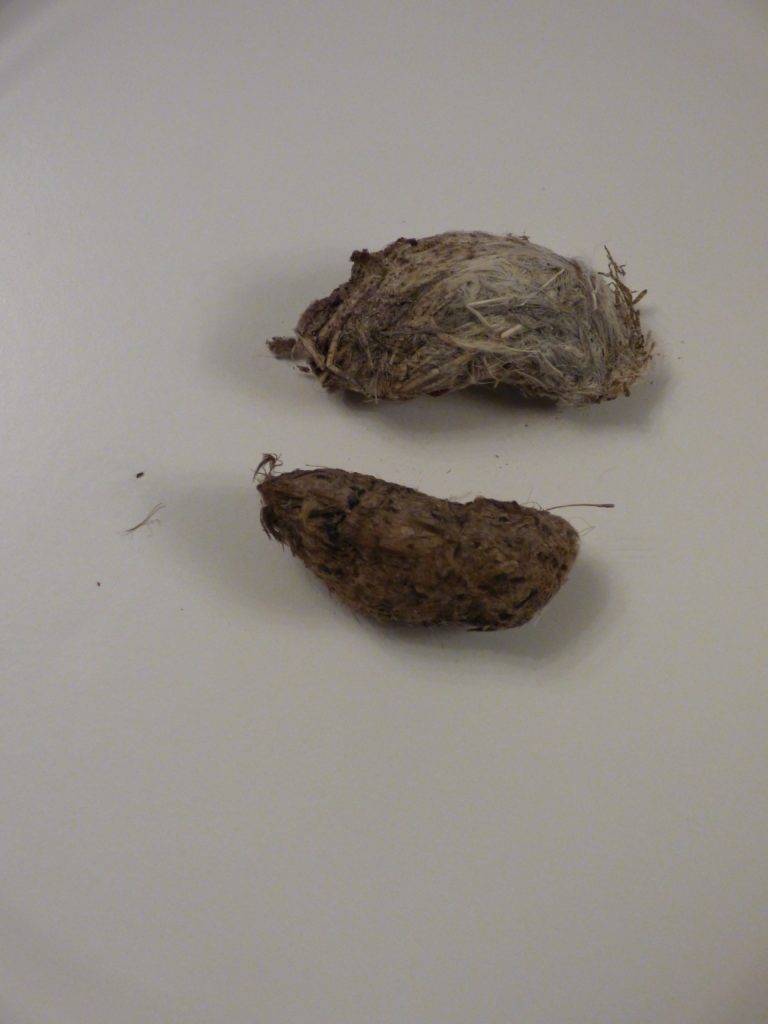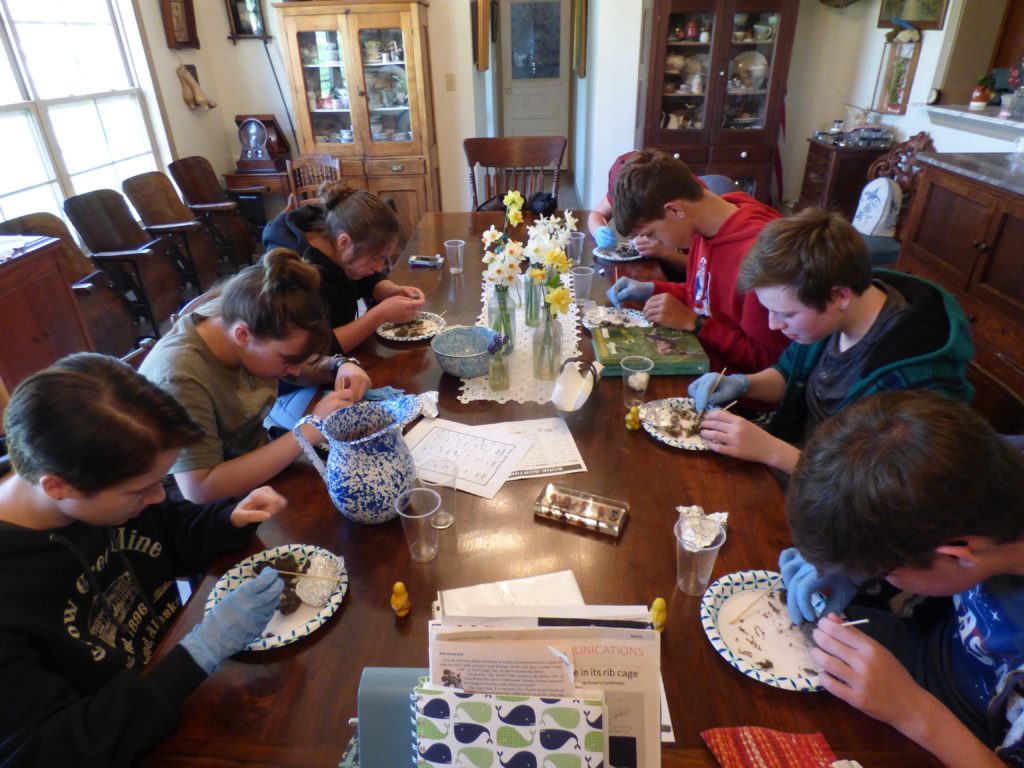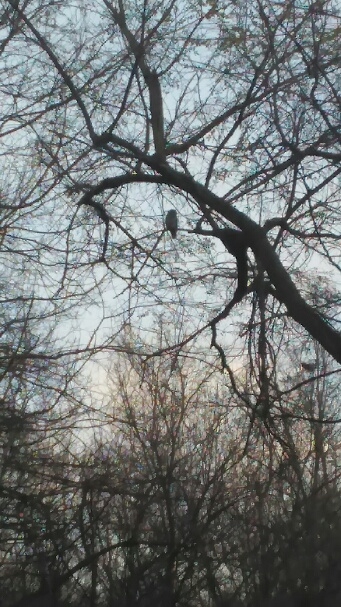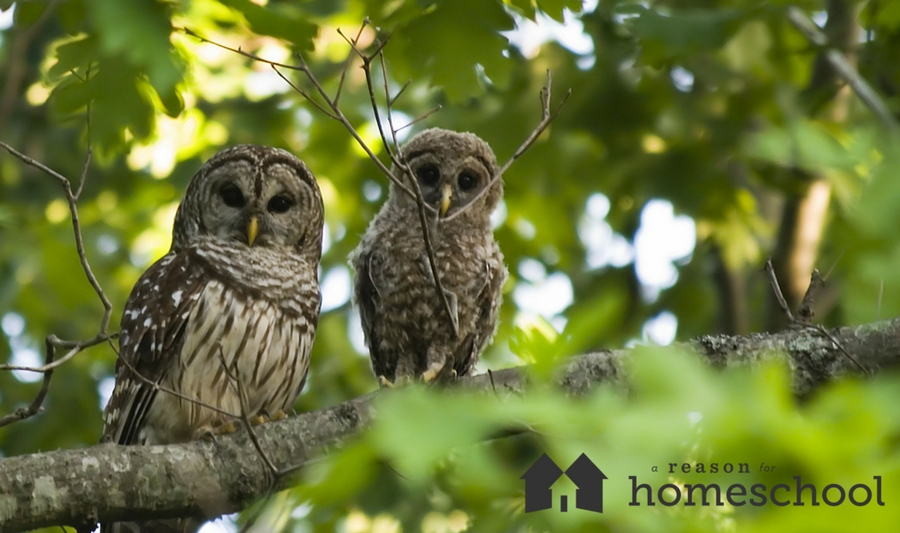Owls are incredible creatures, but ones that we get a glimpse of all too infrequently. They live most of their lives as we sleep, leaving little but feathers or pellets for us to find in daytime hours. Their pellets can give us a fascinating glimpse into their nocturnal world. A pellet is simply the name for the compacted plug of bones and fur that the owl cannot digest and must cough up. (Yes, kinda like a cat’s hair ball, but dry!) It is through these remnants that we can envision what the bird of prey ate during its dark vigil.

Owls are just getting up as most of us go to bed, so the creatures that they find to eat are limited to those who keep the same hours. All types of rodents, from mice and rats, to rabbits and muskrats, are out and about in the dark. Sometimes, at the cusp period of dusk or dawn, the owl might catch a diurnal (daytime) creature to eat. These might include lizards, snakes, or song birds. In dissecting a pellet you can identify the owl’s recent meals.

Few people know that it is common for most birds, even song birds, to cough up pellets of indigestible substances. Once we found a cormorant pellet at the ocean; it was filled with fish bones and scales. Most people only think of owl pellets because they are large enough to be easily found. If you know a tree where you often hear owls calling at night, it is a good place to look for pellets. They are dry, usually grayish tube shaped pellets that look like they are made of fur.

If you find pellets in the wild, be sure to wear gloves and use proper hygiene when dissecting, as there is a small chance of being infected by salmonella or other diseases. If you choose to purchase the pellets, Home Science Tools and Nasco Science are reliable sources, and these specimens will come sterilized so that you don’t need to worry about contamination. If you do choose to purchase them, please get the very biggest size they have. Most large sized pellets don’t cost more than three or four dollars and the larger pellets come from the larger species of owls. The larger the bird, the larger the prey and the more it can eat. A really large pellet can have a couple large whole mouse skeletons, or it can have four or five small ones.

It’s very exciting to open a pellet. The fur is stiff and it is like being an archeologist, peeling the layers back. Is that a skull? Is that a femur? As you go through the pellet you can often begin to assemble the skeletons with their available pieces. I have identification papers that I hand out to my students; these are readily available online by typing in “owl pellet identification sheet” online. It helps immensely when trying to decide if a tiny toothpick-sized bone is a front or back leg, or if it’s the skull of a mouse or a shrew. I was so excited when one of the boys in my last class found a mole pelvis in a pellet!

I have yet to find a bird skull in one, but I am still hoping. Every single one yields different things and every time is exciting. I encourage you to read up on owls with your kids. They are simply amazing! And at the end of your studies, why not get pellets for each one to dissect? You may never observe an owl as it hunts in the night, but you can witness its search for sustenance through your examinations. Learn a little about an owl’s life and then find out what was on it’s menu for dinner!

Note: For older students there is an excellent fantasy series with owls as the characters, called Gaurdians of Ga’hoole. The ability to cough up a pellet is a coming of age for young birds in these books. The characters range through every type of owl, from the tiniest Pygmy to the enormous Hawk owls. If your kids like adventurous fiction told through an animal’s eyes, then I think they will enjoy this series.
Read more of Ms. Sam’s Nature Notes series!
